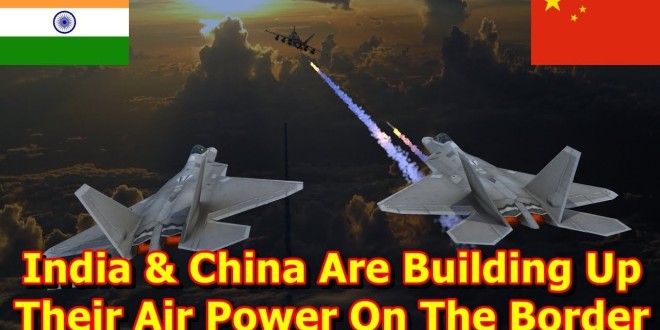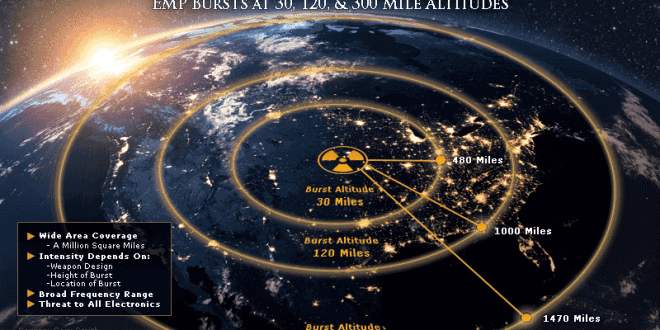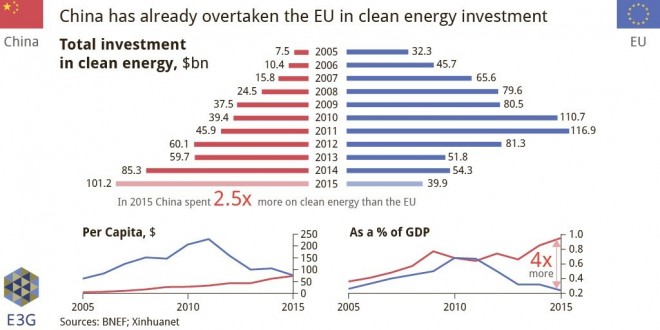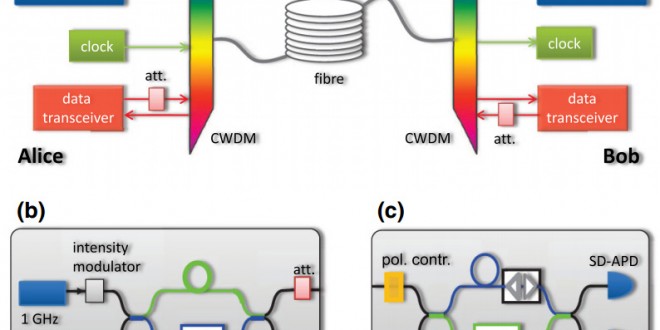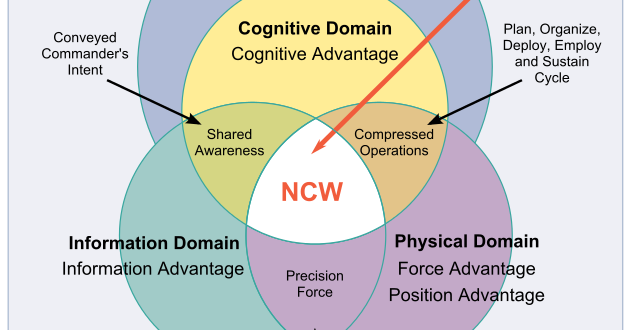February 10, 2022
Defense & Military, Geopolitics, Strategy & Technological Rivalries
China’s construction of military infrastructure along its border with India suggests Beijing is considering military options amidst a territorial dispute between the two countries. China’s aggressive strategy will likely prompt India to respond in kind, leading to a greater concentration of military assets along their disputed border and increasing the …
Read More »
January 24, 2022
AI & IT, Geopolitics, Strategy & Technological Rivalries
With billions of people around the world accessing platforms such as Facebook, WhatsApp, Twitter, and Instagram, to name a few, social media has become a powerful force for political and cultural change, and a force that is more than capable of influencing global geopolitics. In the past three years alone, …
Read More »
January 20, 2022
Geopolitics, Strategy & Technological Rivalries, Industry & Market Dynamics
The Organization for Economic Co-operation and Development (OECD) defines innovation as, ‘the implementation of a new or significantly improved product or process, a new marketing method, or a new organizational method in business practices, workplace organization or external relations. The impact of innovation on the growth and development of a …
Read More »
January 15, 2022
Geopolitics, Strategy & Technological Rivalries, Quantum
In 2016, President Xi Jinping established a national strategy for China to become technologically self-reliant. One of China’s main goals is to surpass the United States and to become the global high-tech leader. China named quantum informatics a key plank in its 13th Five-Year Plan and the Made in …
Read More »
January 14, 2022
Defense & Military, Geopolitics, Strategy & Technological Rivalries, Security & Threat Management
Intelligence, in military science, information concerning an enemy or an area. The term is also used for an agency that gathers such information. Military intelligence is as old as warfare itself. Even in biblical times, Moses sent spies to live with the Canaanites in order to learn about their ways and …
Read More »
January 14, 2022
Geopolitics, Strategy & Technological Rivalries, Global Risks & Future Threats, Weapons & Munitions
The electromagnetic pulse commonly abbreviated as EMP, is a high-intensity burst of electromagnetic energy caused by the rapid acceleration of charged particles, can be produced by intense solar storms or by a nuclear weapon detonated high in the atmosphere. For example, solar geomagnetic storms (geomagnetic disturbances or GMD) create immediate …
Read More »
January 7, 2022
Geopolitics, Strategy & Technological Rivalries, Thermal, Propulsion & Energy
A burgeoning economic, political and military power, China is also aiming to lay down a marker on the renewable energy sector. On 22 September 2020, President Xi declared China’s commitment to achieving carbon neutrality by 2060, at the 75th Session of The United Nations General Assembly. China joined over a …
Read More »
December 14, 2021
Geopolitics, Strategy & Technological Rivalries, Quantum
Information security is becoming more and more of a critical issue not only for large companies, banks and defense enterprises, but even for small businesses and individual users. However, the data encryption algorithms we currently use for protecting our data are imperfect — in the long-term, their logic can be …
Read More »
November 19, 2021
Geopolitics, Strategy & Technological Rivalries, Industry & Market Dynamics, Weapons & Munitions
An outbreak of violence in the ongoing Israeli–Palestinian conflict commenced on 10 May 2021, though disturbances took place earlier, and continued until a ceasefire came into effect on 21 May. It was marked by protests and rioting, police riot control, rocket attacks on Israel by Hamas and Palestinian Islamic Jihad, …
Read More »
November 8, 2021
Geopolitics, Strategy & Technological Rivalries, Strategy, Policy & Governance, Weapons & Munitions
A rapidly increasing percentage of the world’s population is connected to the global information environment. The new information age has seen rise of social media, bloggers, smartphones, plethora of cable and satellite news channels. It can also be seen in the ongoing Internet of things revolution, the internetworking of physical …
Read More »

 International Defense Security & Technology Your trusted Source for News, Research and Analysis
International Defense Security & Technology Your trusted Source for News, Research and Analysis
